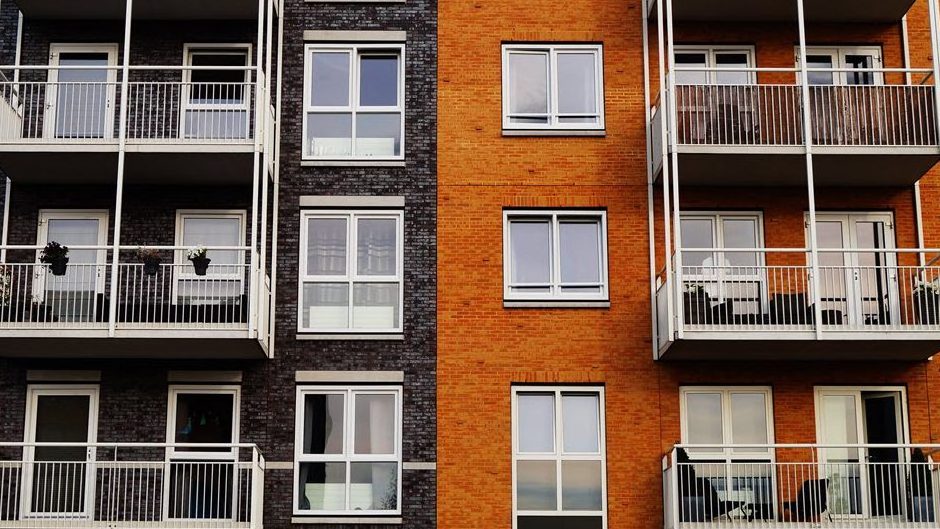Which Apartment Markets Have the Most Opportunity Zones?

The zones are clearly defined, but the opportunities associated with them are not. And that’s why the federal government’s newly created opportunity zones have been a frequently discussed topic in the multifamily industry as investors try to determine exactly what benefits these zones may offer.
Considering the topic at hand – in addition to some recent guidance issued by the IRS in April – RealPage hosted a brief webcast that provided a sort of case study as to how one might go about investing in an opportunity zone. In short, there are myriad considerations when deciding whether to place capital into an opportunity zone. Investors in some markets might undergo this exercise more often than in others, as opportunity zones are not uniformly dispersed across the nation’s metropolitan centers.
Opportunity zones are defined using Census tracts – a geographic designation that is itself used for population estimates – it’s not surprising that the markets with the most zones are some of the nation’s largest population centers.

The market with the most opportunity zones is New York, and these zones are scattered throughout the five boroughs. Manhattan has the lowest concentration, although there is some considerable clustering in Harlem and Washington Heights. Outside of Manhattan, there is no shortage of zones in Brooklyn –particularly in the neighborhoods between Prospect Park and Highland Park – nor in Queens – primarily in the Jamaica neighborhood. Lastly, the Bronx contains a significant cluster of opportunity zones in its southernmost neighborhoods.

Neighboring New York to its west, the Newark area of New Jersey ranks seventh nationally for most opportunity zones. In Newark, many of those zones are located in the eastern part of the market. All considered, this means there are numerous opportunity zones in the greater New York/Northern New Jersey area.
The nation’s second largest metropolitan area by population also ranks second for total opportunity zones. Within the market, the South Los Angeles apartment submarket defined by RealPage contains the most opportunity zones, but of particular interest in Los Angeles is the urban core. Grouping together the submarkets of Mid-Wilshire, Hollywood, and Downtown Los Angeles, there are 58 total opportunity zones.
Los Angeles’ urban core is in the midst of an apartment construction boom. Since 2015, the urban core has accounted for an average of 55% of the market’s total apartment construction volume. Compare that percentage to the average from 2011 through 2015, when urban construction accounted for just 42% of the market total.

At #3 for total opportunity zones is Chicago. Opportunity zones were created in large part to encourage development in economically distressed and underserved areas. The dearth of new supply delivered in Chicago’s southern submarkets exemplifies this perhaps better than any other market in the U.S.
About half of Chicago’s new apartments in this real estate cycle have come to two submarkets – The Loop and Streeterville/River North. Outside of these expensive areas, apartment construction has been relatively scarce.
The map below highlights opportunity zones and new apartment properties since 2010. The designation of these opportunity zones outside of the downtown area illustrates the desire to attract development in other, underserved areas of Chicago. Very few new properties were built since 2010 in these opportunity zone areas.

As such, it’s no surprise that Chicago’s southern submarkets – particularly South Cook County, which has the second most opportunity zones of any RealPage-defined submarket with 110 total – are brimming with opportunity zones.






